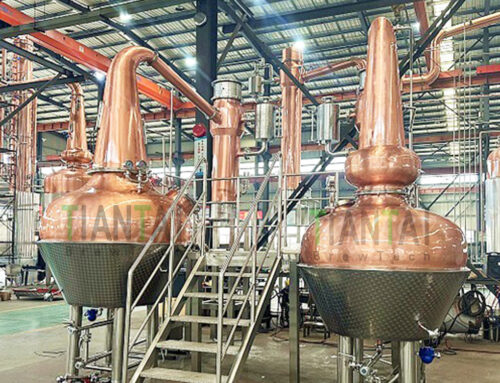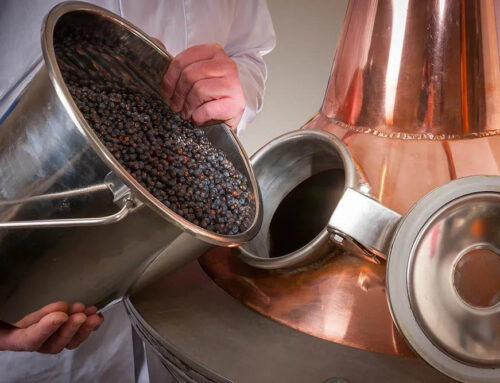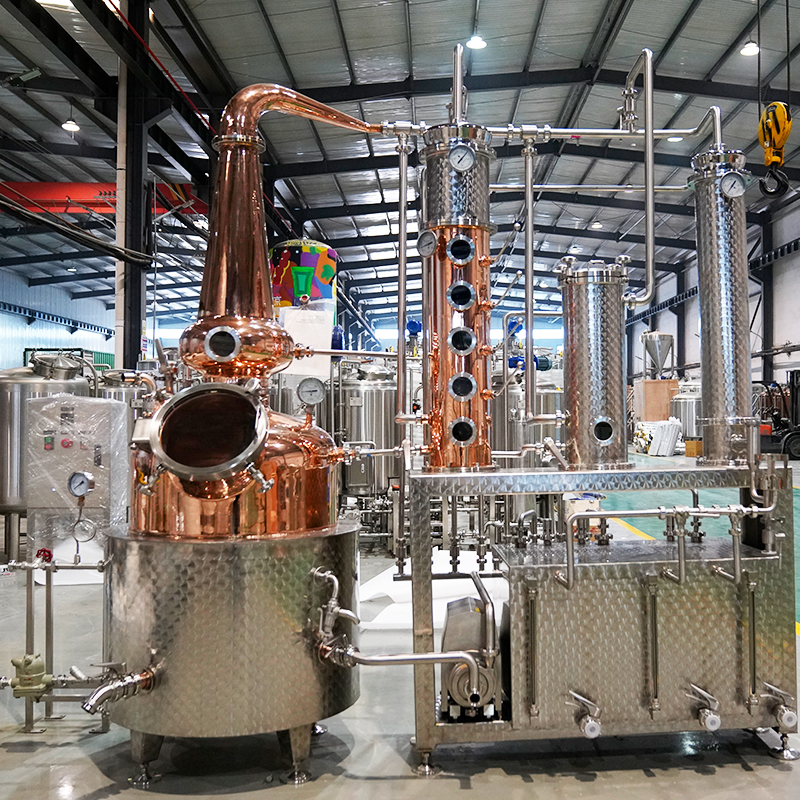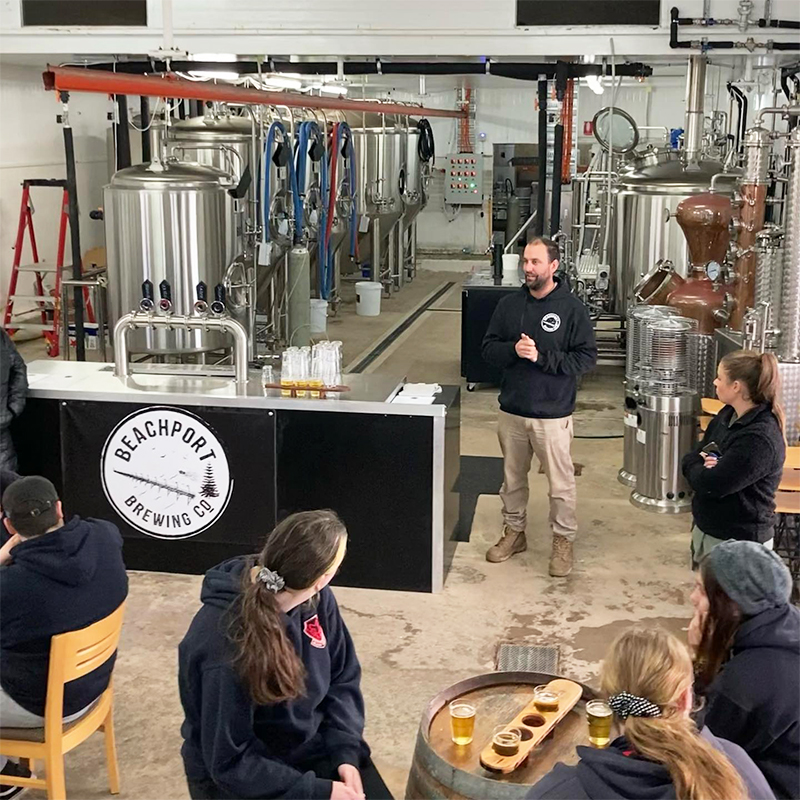
The Influence of Column Stills on the Evolution of Rum
Rum, one of the world’s oldest and most storied spirits, has undergone significant changes over the centuries. From the rustic pot-stilled rums of the 17th century to the refined and widely popular light rums of today, the evolution of this spirit has been deeply influenced by advancements in distillation technology. Among these, the introduction of the column still stands out as a transformative development that has shaped the way rum is produced, the flavors it carries, and its global appeal.
The Origins of Rum and Pot Stills Distillation
Rum’s history is inextricably linked to the sugarcane industry, particularly in the Caribbean where sugarcane was cultivated extensively by European colonizers. The production of rum began as a way to utilize molasses, a byproduct of sugar refining, which was initially considered waste. Early rum was likely produced using pot stills, a distillation method brought over by European settlers.
Pot stills are known for producing spirits with a rich and robust character, as they retain more congeners—flavor compounds that contribute to the depth and complexity of the final product. However, pot stills also require multiple distillations to achieve a high level of purity, making the process labor-intensive and time-consuming.
The 19th century saw a significant leap in distillation technology with the invention of the column still, also known as the continuous still. This allowed for continuous distillation, unlike the batch process of pot stills. Column stills quickly became a game-changer in the production of spirits, including rum.

The Impact of Column Stills on Rum Production
The introduction of column stills brought about significant changes in the rum industry, affecting everything from the efficiency of production to the flavor profiles of the spirits.One of the most notable impacts of column stills is the increased efficiency in rum production. Unlike pot stills, which require downtime between batches, column stills can operate continuously, allowing for the production of large quantities of rum without interruption. This efficiency not only reduces production costs but also enables producers to scale up their operations to meet growing consumer demand.
Column stills produce a lighter and purer spirit compared to pot stills, resulting in a significant shift in the flavor profiles of rums. The rums produced in column stills tend to have fewer congeners, leading to a smoother, milder taste. This change in flavor profile opened up new possibilities for rum, making it more versatile and appealing to a broader audience.
As the rum industry continues to grow and evolve, the introduction of column stills has had a profound and lasting impact on the evolution of rum. By enabling more efficient production and allowing for the creation of lighter, more versatile spirits.








